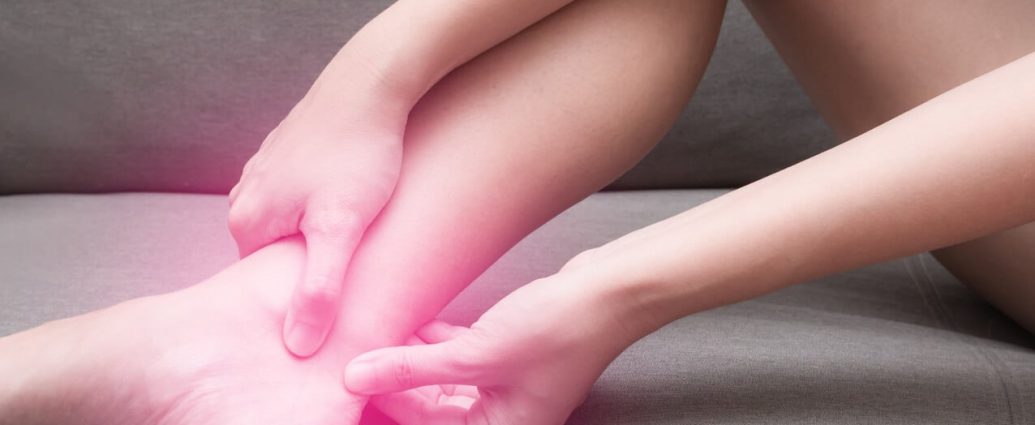The joints are responsible for allowing all our daily movements. Often when these are recharged and their inner lubrication is not good, they become inflamed. That’s why it’s important to know how to treat tendinitis with natural resources, as it’s usually a fairly common ailment.
Tendinitis consists primarily of inflammation or swelling of a tendon. The tendons are fibrous structures of our body that bind the muscle to the bones, and when they become inflamed it is quite painful and greatly hinders our daily activity.
Although most of the time it is associated with an injury or overload, it also usually appears as we get older: tendons lose their original elasticity and those degenerations also appear called “tendinosis.”
Where Does Tendinitis Appear?
They are as basic as they are fascinating structures of our body that fulfill the important function of uniting the muscle with the bone. tendinitis may appear in any structure, but it should be noted that this condition is more common in the following parts:
- Elb.
- Heel.
- Doll.
- Shoulder.
Causes
- Beating or lesions that directly affect the tendon.
- Small beatings or injuries that, when followed many times by a certain activity, end up causing an injury.
- Excessive work on a certain part of our body ends up producing an overload.
- Some infection.
- Rheumatic diseases, and even diabetes.
- Age, where the tendon no longer has the needy elasticity.
Symptoms
- Pain and inflammation of a given area, especially when trying to stretch.
- Excessive pain during the night.
- Sometimes this pain can be confused with a sprain or bone cracks.
It will always be the doctor who determines the precise diagnosis and the best treatment. There are specific tests to determine exactly whether what we have is tendinitis. However, it is always good to know how to prevent and have basic knowledge of how to treat tendinitis or even other lesions.
In the early stages, pain improves with heating, and worsens at the beginning and end of physical activity or movement.
Then we offer you simple recommendations with which to treat your tendinitis. Techniques that you can arrange to relieve pain and somehow nurture your body better too. This is to maintain your strong and elastic tendons, with which to deal a little better with this annoying condition:
Tips on How to Treat Tendonitis:
1. Rest of The Affected Joint
It is important that the swollen part of our body, whether it is the shoulder, wrist, or heel, is immobilized for a few days so that the movement does not affect the injured tendon.
We must keep him at rest and not carry out any activity that could harm him. If we pretend to be effective in how to treat tendinitis, both physical rest and the articulation involved in itself are fundamental.
2. Cold Application
The bags with ice are highly recommended to lower the inflammation by applying it over a handkerchief. We can also make chamomile infusions and apply dressings with it. Also very beneficial in lowering inflammation.
3. Aloe Vera
Excellent regenerator relieves inflammation and is ideal for these lesions. We can take two or three leaves from the plant, extract its juice, and mix it with half a glass of hot water until we get some kind of warm pot. We take the mixture to a compress that, then, we will apply in the area where we have tendinitis to cover it with a bandage.
4. Massages With Rosemary Alcohol
The rosemary has great virtues to deflate, also acting as an anti-rheumatic, antiseptic, cardiothotonic, etc. So, we can make a tonic with it from 25 grams of rosemary, which we will put inside a dark bottle and airtight closure, mixed with 250 cubic cm of ethyl alcohol.
We left it to rest for a week, and later sneak the liquid. So it is possible to obtain an excellent tonic with which to massage in our affected area.
Infusions That Can Help Relieve Tendinitis
- Echinacea
Powerful anti-inflammatory and very suitable for treating muscle and tendon injuries. We can also take it in infusion: A tablespoon of the dry plant with a glass of water (up to two cups a day). It does not replace the effect of any medicine recommended by a specialist.
- Foods rich in magnesium and silicon
These components are excellent facilitators for the regeneration of muscles and tendons, and we can find them in almonds, soy, spinach, lettuce, asparagus, and green vegetables in general. They can then be a valuable contribution when we talk about how to treat tendinitis.
- Pineapple
Because of its properties, it helps to decrease inflammation of the tendons. It is very common in the diet of athletes to avoid injuries and soften muscle pains. So it would be very appropriate to introduce it to our salads. For example, mixing it with pieces of papaya; this combination will then be more than perfect and suitable to treat us.
The tendons are crucial in the functioning of our joints and their inflammation can cause very intense pain as we have said before. So, consider these tips to relieve it and go to a specialist who can treat this condition and solve it definitively.

